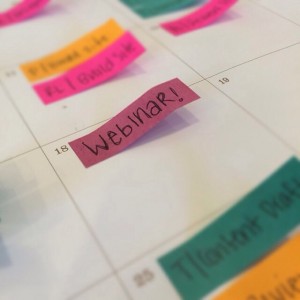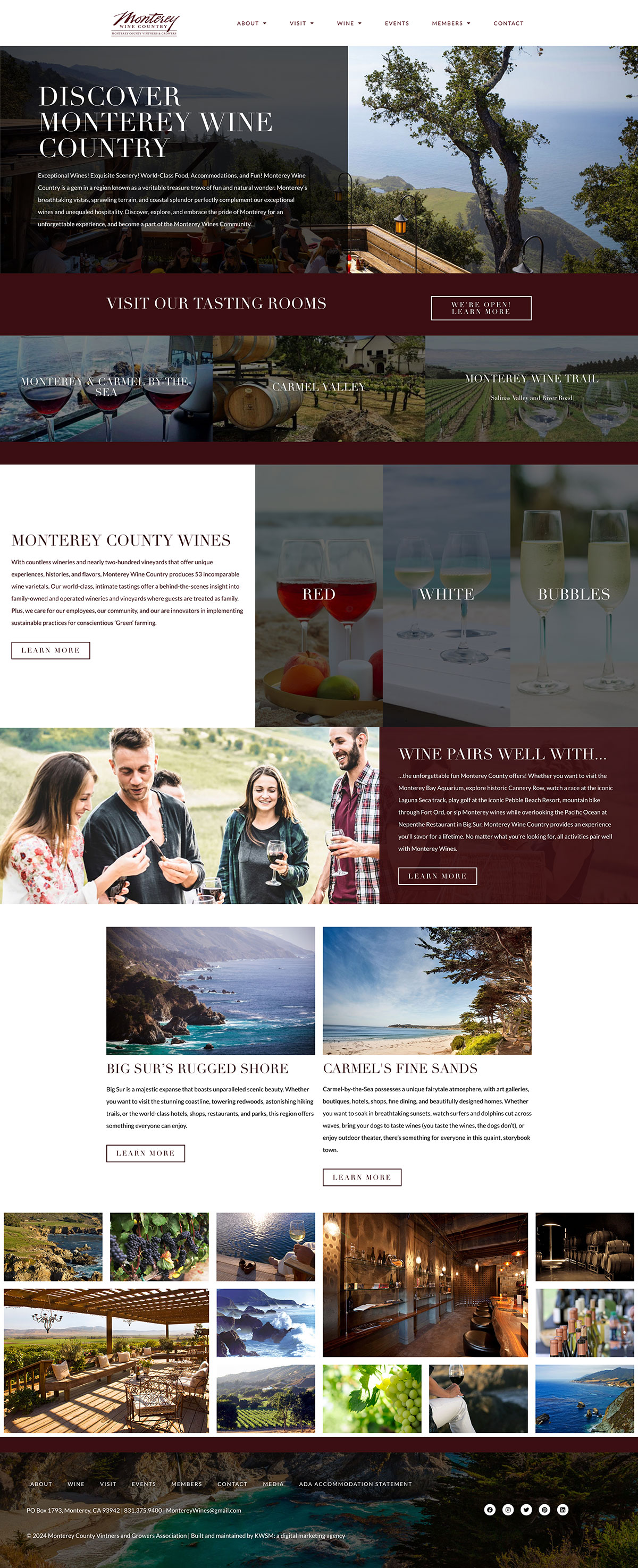In anticipation of Social Media Day, June 30th, our office is abuzz with discussion about how to celebrate and share our expertise. After plenty of debate, we decided a webinar would be the best way to communicate our knowledge of social media. That got us thinking: what percentage of the general public understands and attends webinars?

Amongst our peers (techies and fellow internet addicts), webinars are commonplace and widely used, but we recognize we may be in the minority. However, even small business owners would be remiss not to consider using webinars as a way to connect with their customers, introduce new products, or simply invest in continuing education within their industry. So what exactly is a webinar, you ask? We’ve broken down the basics of webinars and their best practices to ensure that you’re never left out of the loop again.
What is a webinar?
A webinar is an online seminar, where the host can present predetermined content, usually followed by a question and answer session. Typically, the topic of the webinar is announced in its promotion to entice viewers to attend and allow them time to prepare questions, or do research if need be. Webinars can require a registration fee or be free of charge, target specific audiences or be open to all viewers, and can be recorded as a video or audio to be played later or consumed live. All parameters are at the discretion of the host; however, we have a few suggestions for general webinar success.
Promotion is key: ever thrown a last-minute party, and no one showed? Well it’s no wonder, people need time to anticipate and plan, so promoting your webinar ahead of time will ensure that you see a return on your investment. We recommend at least 1 week in advance to get the momentum building. Furthermore, it’s important to promote your event across all channels. Create a form on your website for registration, announce the event on your blog, post it on Facebook, LinkedIn and Twitter. If you promote it, they will come.
Come prepared:
- Have a script (keep it relevant and interesting with feed questions to spark Q&A)
- Set a duration (typically 30-45 minutes) and date and time (Tuesday mornings are statistically the best)
- Use props (slides, whiteboards, demonstrations, etc.)
Keep it Relevant, Passionate, and Non-Promotional
Thirty-eight percent of people engage with webinars for their interesting and relevant content, according to web-based slide hosting service, Slideshare. Therefore, it’s imperative that your webinar present information that customers otherwise cannot find on your website. The other key factor to holding viewer attention is a passionate, dynamic speaker. Many people can present information in a clear manner, but surprisingly few can do so with the enthusiasm needed to keep an audience focused.
Lastly, and perhaps most importantly, this is not a sales pitch. While increased sales may be your ultimate goal, the main purpose of a webinar should always be to educate, because, after all, that’s what the majority of viewers want. In a traditional presentation, the “offer” is the focal point of the content, whereas a webinar’s focal point should rest on how a new product or service functions, and how it can benefit the user. A webinar is a soft as opposed to hard sell, and is more effective for just that reason: customers don’t feel pressured, and most importantly, can directly interact with your company to get their questions answered on an interpersonal level.
Want to attend a webinar and see how it’s done? Join us June 30th at 11 a.m. and 2 p.m. for our webinar on How to Be Successful on Social Media.










